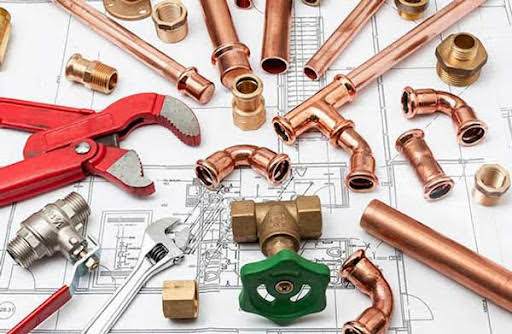Stopping Common Plumbing Issues in Your Home: Essential Tips
Stopping Common Plumbing Issues in Your Home: Essential Tips
Blog Article
Have you been hunting for guidance on How to Deal With and Prevent Common Plumbing Problems?

Intro
Preserving a useful plumbing system is essential for a comfy home. By taking safety nets, you can prevent usual plumbing issues that might disrupt your daily life and sustain expensive repair services.
Normal Maintenance Checks
Frequently inspecting your plumbing system is necessary for identifying prospective issues before they rise. Check pipelines, faucets, bathrooms, and devices for leaks, rust, or signs of wear and tear.
See What You Flush
Bear in mind what you purge down your toilets. Avoid flushing items such as wipes, cotton spheres, sanitary products, and paper towels, as these can trigger blockages and backups in your pipelines.
Correct Disposal of Oil and Food Waste
Dispose of oil, oils, and food scraps properly to stop build-up in your pipes. Stay clear of pouring grease down the tubes, as it can solidify and create clogs. Use a filter in your kitchen sink to catch food fragments and empty it consistently.
Display Water Pressure
Keep an eye on your water pressure to prevent stress and anxiety on your pipelines and home appliances. High water pressure can cause leaks and damage gradually. Consider setting up a pressure regulatory authority to maintain optimum water stress throughout your home.
Safeguard Pipelines from Freezing
Throughout cold weather, take actions to avoid your pipelines from freezing. Shield exposed pipelines, especially those in unheated locations like basements and attic rooms. Permit faucets to trickle during freezing temperature levels to avoid water from freezing in the pipes.
Address Leakages Quickly
Attend to any leaks or leaks as quickly as you see them. Even minor leaks can waste water and cause damage to your home over time. Tighten loose fittings or replace worn-out seals to prevent leaks from getting worse.
Be Mild with Plumbing Components
Stay clear of making use of extreme force when operating plumbing components such as taps and shutoffs. Rough handling can create wear and tear, resulting in leaks and various other breakdowns.
Routine Drain Cleansing
Arrange regular drain cleansing to avoid accumulation of hair, soap residue, and various other particles. Make use of a drain snake or enzymatic cleaner to eliminate clogs and maintain smooth drainage.
Mount Water Softeners
Take into consideration setting up a water softener if you have tough water. Difficult water can create mineral buildup in your pipelines and home appliances, resulting in reduced water flow and effectiveness.
Inform Household Members
Educate everyone in your home regarding correct plumbing techniques. Teach them what need to and should not be flushed or gotten rid of away to prevent preventable plumbing problems.
Conclusion
Protecting against common plumbing concerns in your house needs diligence and regular upkeep. By following these safety nets, you can ensure that your plumbing system runs efficiently and avoid costly repair work in the future.
Expert Tips for Preventing Common Plumbing Issues
Keep Drains Clear and Functional
Regularly clean drain covers and hair-catching devices to eliminate debris and prevent buildup. Avoid disposing of grease, oil, or coffee grounds down your drains, as they can congeal and accumulate over time, creating obstructions. Consider using a biodegradable drain cleaner periodically to break down organic matter and maintain clear pipes. Prevent and Identify Leaks Early
Regularly inspect visible plumbing connections, pipes, and fixtures for signs of moisture or corrosion. Fix loose connections or replace damaged components as needed. Install water leak sensors in high-risk areas such as under sinks, near water heaters, and around washing machines to provide early warning of potential leaks. Monitor your water bill for sudden increases in usage, which may indicate a hidden water leak. Protect Plumbing from Freezing Temperatures
Allow faucets to drip slightly during extremely cold weather to prevent freezing and pressure buildup inside the pipes. Seal gaps and openings in walls, doors, and windows near plumbing to prevent drafts from reaching your pipes. Maintain Optimal Water Heater Performance
Schedule annual professional maintenance of your water heater, including checking pressure-relief valves, flushing sediment buildup, and inspecting for corrosion or leaks. Maintain the manufacturer-recommended temperature setting, typically around 120°F (49°C), to optimize energy efficiency and prevent scalding. Consider installing an expansion tank in your system if you have a closed-loop water supply, which prevents excessive pressure buildup and potential water heater failure. https://www.climatecontrolkc.com/blog/plumbing/tips-for-preventing-plumbing-issues/

Hopefully you enjoyed our excerpt on 6 Common Plumbing Problems and How to Fix Them. Thanks for spending some time to read our blog. Appreciated our blog posting? Please share it. Let someone else check it out. Thanks for going through it.
Details Here Report this page